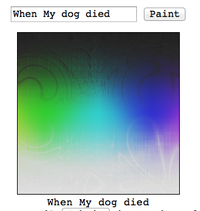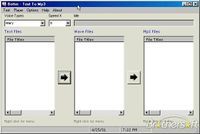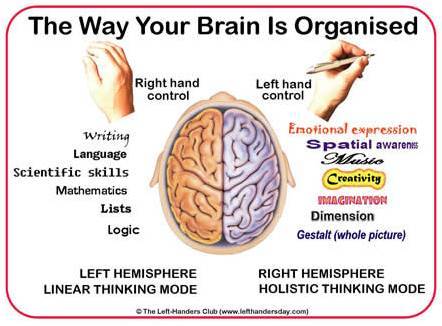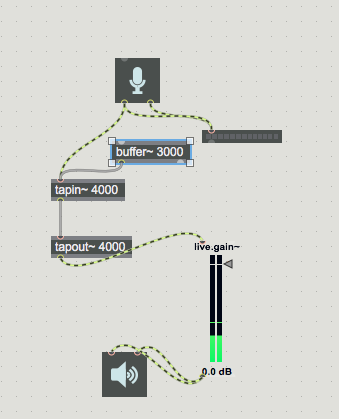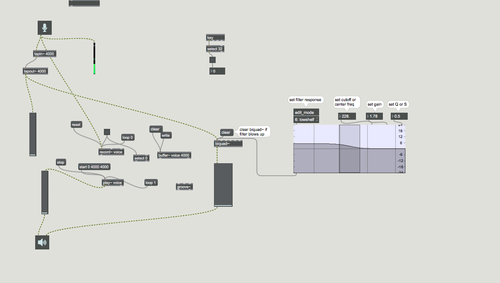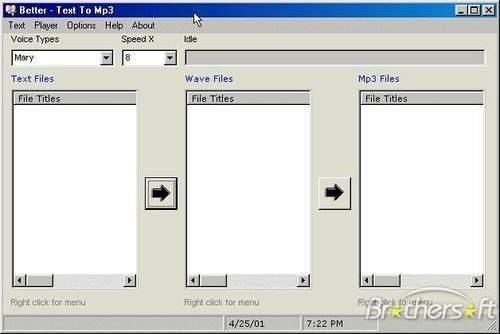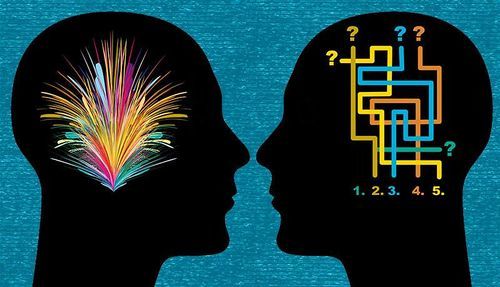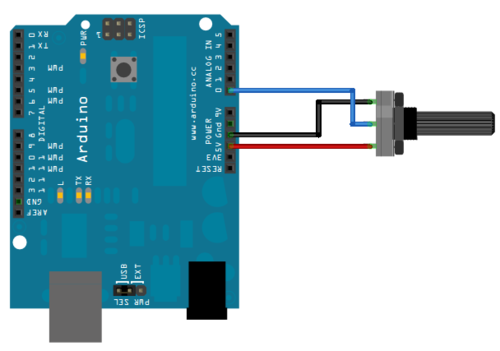Difference between revisions of "UNRAVELLING THE FUTURE-MEMORY"
| Line 53: | Line 53: | ||
What interested us was to be able to make a loop recording and obtain its deformation by the feedback effect. One the main record get deformed, it was also important that we can go back to this main message in some ways. | What interested us was to be able to make a loop recording and obtain its deformation by the feedback effect. One the main record get deformed, it was also important that we can go back to this main message in some ways. | ||
| − | [[File:1800994 926072397467519 1227256572 n.jpg| | + | [[File:1800994 926072397467519 1227256572 n.jpg|200px|thumb|center|first loop try on Max]] |
Revision as of 23:55, 9 November 2015
Contents
UNRAVELLING THE INFRA-ORDINARY
INTRODUCTION
DESCRIPTION
- Coming up with a memory tool/medium/technology/format that should be our future memory experience. - "Making the memory working", memorable experience of someone's past. - Faking the experience
KEYWORDS AND FACTS
- Overwriting the past memory
- Transcripting a memory
- Generating memories
- Sound of memory
- Memory system
INTENTIONS
Initially, our intention was to create a visual and sound interpretation of an "handwritten memory. To proceed, we looked for examples of software which transcribes a text to an image to a sound in order to obtain a symbolic souvenir. Following examples like "http://random-art.org/" we started to begin to develop our own processing/rules code on this direction but we quickly stopped it because the calculation of the picture was totally random and the images produced did not have really significant value regarding to our problematic.
We would like to create an interpretation of the memorial process when sound information enters our brain hemisphere and begins to pass and transform itself on the inside depending on where it is located.
Is also included in this memorial process, the ability to record this information, manipulate and observe its deformations over time.
So we decided to create a sound recording system with the capable to create an infinite loop.
This system is equipped with a microphone, a recording function and two speakers.
The idea is that each speaker corresponds to a brain function defined by its relationship with the outside world.
The left speaker is the live sound recording and thus the left hemisphere of the brain. Indeed, this speaker is directly connected to the microphone output with a recording function coupled with a "loop".
Thus, when recording a message to the microphone, it will be automatically replayed indefinitely at the end of the recording.
The right speaker is the deformation of this message and therefore has the right hemisphere of the brain. It is also connected to the microphone and the recording function.
However, it is also equipped with a delay effect creating an infinite feedback and thus distorting the message into an abstract noise.
This particularly noise also represents the presence of a memory in the brain which is not "active", when the memory comes back, you can hear the recording very clearly. The infinity feedback loop is a metaphor for instant memory process.
With two potentiometers, the spectator has the ability to change these two characteristics, thus, he can access at any time to the original fragment of the first record and also can replace it with his own.
Then, the new record represent the fact that this memory overwrite the past memory.
The left button equals the direct recording of you memory and the right one equals its deformation/the fact that you begin to forget this memory, then it becomes a sound.
REFERENCES
FeedBack SoundArt Exemples
Alvin Lucier I am sitting in a room
Rainforest IV - David Tudor
BUILDING
To create a first draft of our prototype, we made various experiments on Max software to understand the different ways to integrate a feedback effect in a sound installation. Basically, a feedback effect can be achieved using a microphone and a speaker, one referring to the sound toward the other and creating an infinite loop effect. The risk of this operation is to make out of usage the speakers, so you have to be equipped with various sound controllers to manage the strength of the frequencies. What interested us was to be able to make a loop recording and obtain its deformation by the feedback effect. One the main record get deformed, it was also important that we can go back to this main message in some ways.
